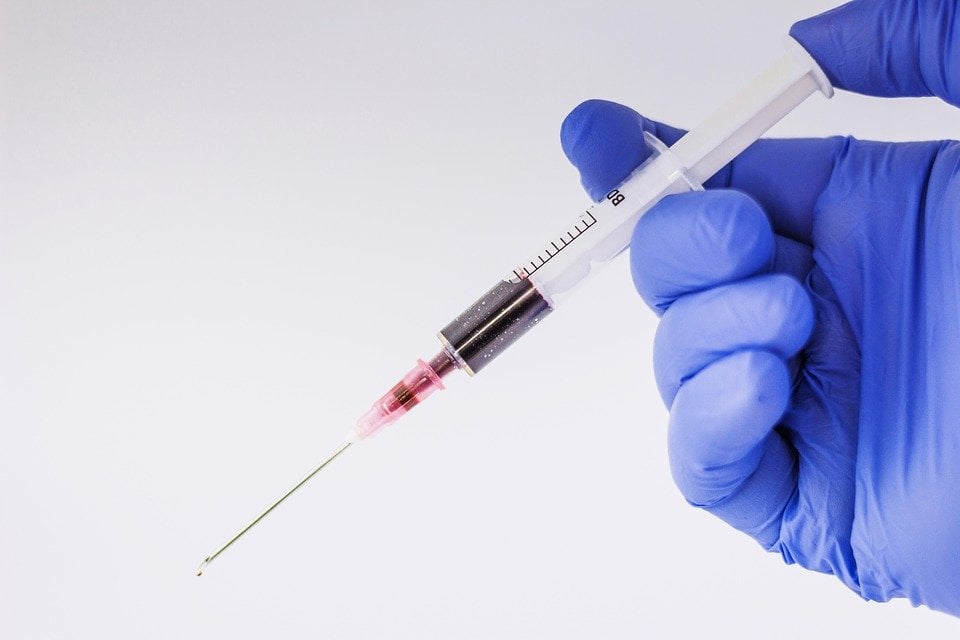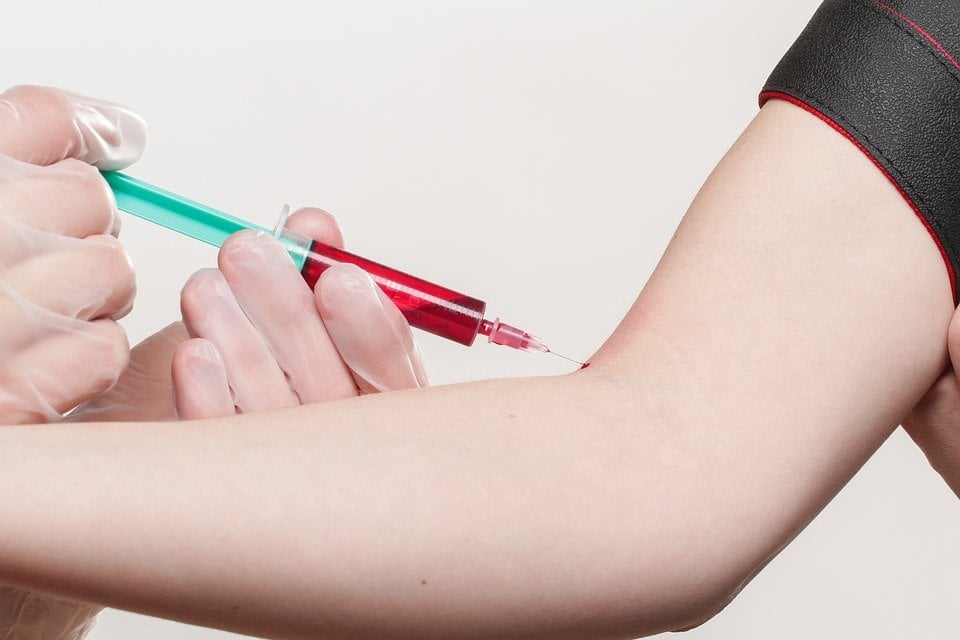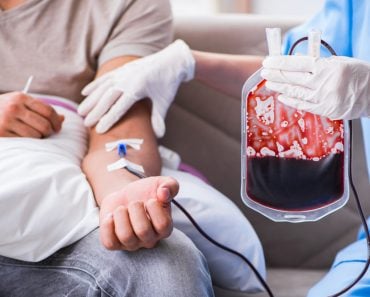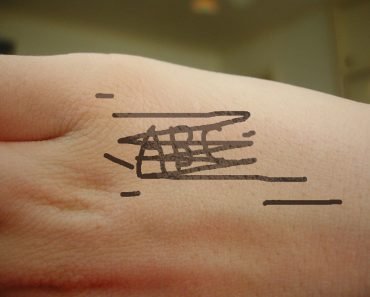Table of Contents (click to expand)
To make sure that the needle enters the vein properly, nurses increase access to the vein by gently pressing on the skin above the vein to draw it closer to the surface. They also wrap a tourniquet 5-10 cm above the injection site and clean the exact spot of administering the injection with an alcohol-based solution. Finally, they check for a ‘flash back’ of blood before injecting the needle.
This question may not make sense to some of you at first, so allow me to elaborate.
I can say with confidence that you have most likely been injected a couple of times in your life for various purposes. Injections are given with the help of syringes or needles. We use them for many different reasons: to inject medicines or vital nutrients directly into the bloodstream, to transfer (or donate) blood, or simply for taking a blood sample in order to test for any infections or abnormalities.

While having a needle stuck in your arm by a medical professional, this idea may have crossed your mind: “How does this person know precisely where to stick their needle? I could never be confident enough to do that!”
How do nurses and doctors make sure that the needle of the syringe enters the vein the right way every time? The tip of the needle can actually go through the vein or even miss it completely, right? How do they know that this doesn’t happen if it’s happening underneath our skin?
Recommended Video for you:
Proper Injecting Is A Critical Skill
According to the World Health Organization (WHO), an injection is the parenteral administration of medication through a skin puncture via a syringe. Injections pierce the skin and help in either delivering a medication or withdrawing blood from the body.
Administering an injection the right way is actually a very useful skill, and one that takes a lot of practice and experience. It’s crucial for obvious reasons—as a medical professional, you want to administer injections the right way, because if you don’t, the medicine (that you inject using the needle) may not work the way it’s supposed to, and the discomfort of the patient will likely be increased.

Before injecting a needle into a vein, a medical professional typically increases access to that vein by making it more visible. They gently press on the skin above the vein to draw it closer to the surface. The inner elbow is often used as the site to administer an injection, as the veins at the inner elbow are relatively close to the skin and somewhat easier to see.
A tourniquet is wrapped 5-10 cm above the injection site, and then the exact spot of administering the injection is cleaned with an alcohol-based solution. All of this helps to clearly locate the vein where the needle must enter, and also keep the site of the injection sterilized.
These steps help to ensure that the target vein is clearly accessible and ready to receive the injection. However, what’s the one final thing that tells a medical professional they have inserted the needle properly into the vein, and haven’t pushed it right through the vein or missed it completely?
The ‘Flash Back’
The needle of an IV is covered with a plastic catheter (a small tube used to get fluids and medications into the vein). When the nurse punctures the skin with the needle and it enters the vein, you can see blood come back up through the catheter (somewhat like a mushroom cloud of blood) and a small amount of blood comes into the part of the syringe the nurse holds. That is referred to as the ‘flash back’ or simply the ‘flash’ in medical lingo.

So, when a nurse punctures a vein with a needle to inject a drug, they must first draw back on the plunger before actually pushing the drug in. If they have entered the vein the right way, blood will be easily drawn into the tubing. If they haven’t, then it won’t be easy to pull out any blood from the vein when drawing back.
In some cases, the placement of a needle is also checked by flushing saline through the IV. If the right vein has been entered, saline can be pushed through without any problems. If the needle has gone all the way through the vein and punctured it, then the skin will appear to bubble up. This is an indicator of the incorrect placement of the needle in the vein.
References (click to expand)
- (2021) Best practices for injection - NCBI Bookshelf - NCBI. The National Center for Biotechnology Information
- Sepah, Y., Samad, L., Altaf, A., Halim, M. S., Rajagopalan, N., & Javed Khan, A. (2017, March 1). Aspiration in injections: should we continue or abandon the practice?. F1000Research. F1000 Research Ltd.
- Step 2: Insert catheter. Queen's University at Kingston
- Safely Using Sharps (Needles and Syringes) at Home ... - FDA. The United States Food and Drug Administration
- Bloodborne Pathogen Control Management Policy. The Donald and Barbara Zucker School of Medicine at Hofstra/Northwell













